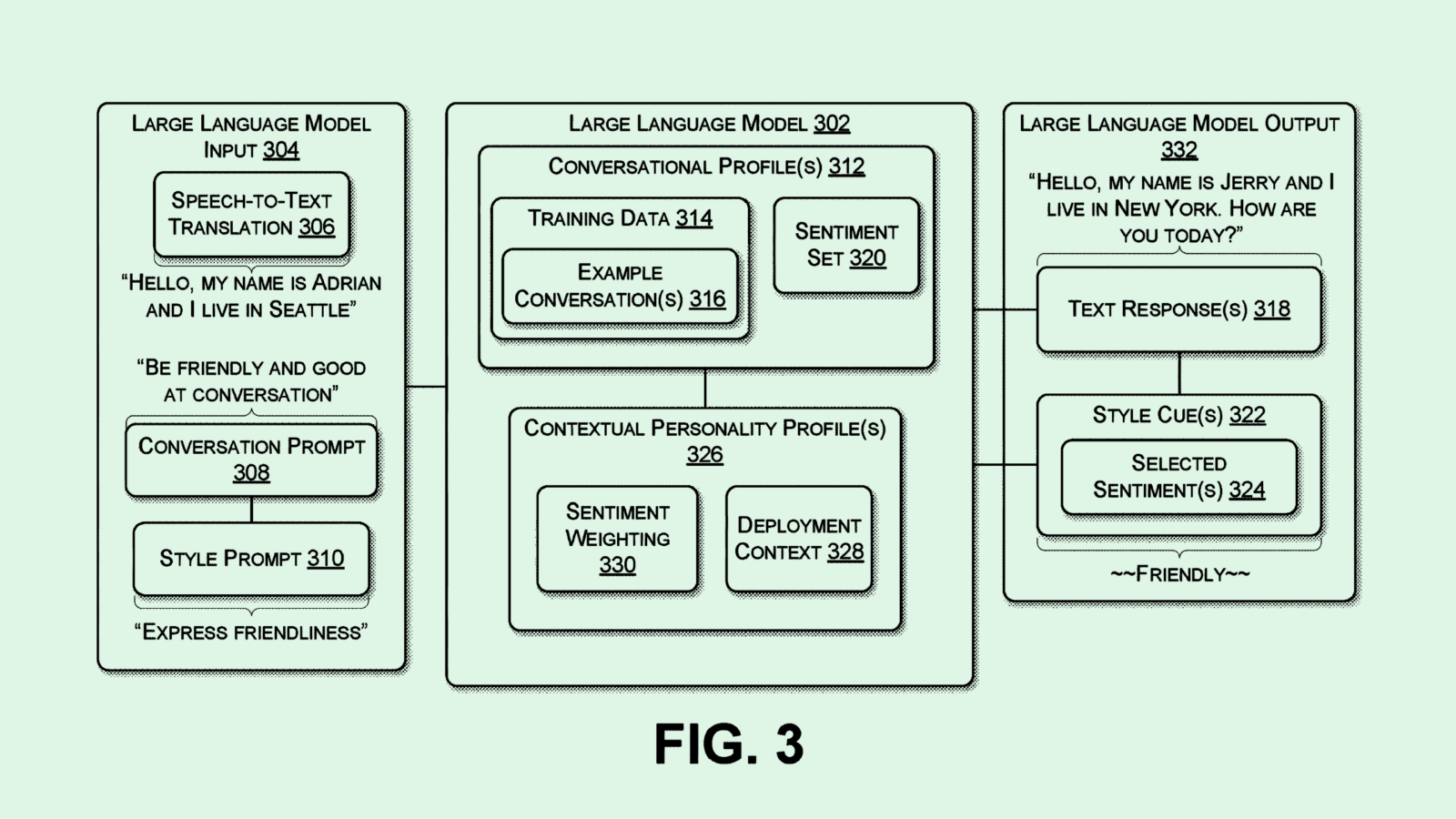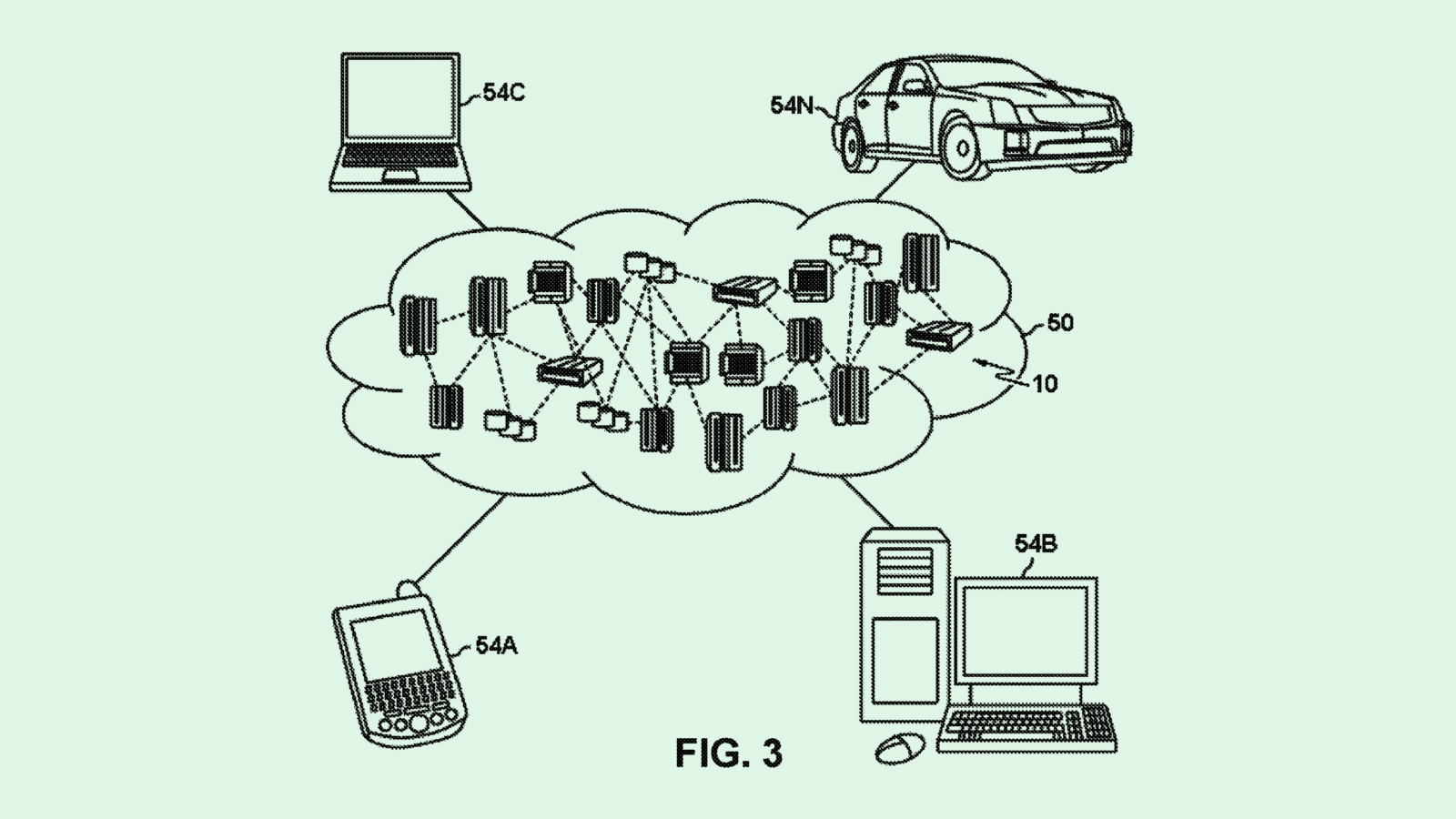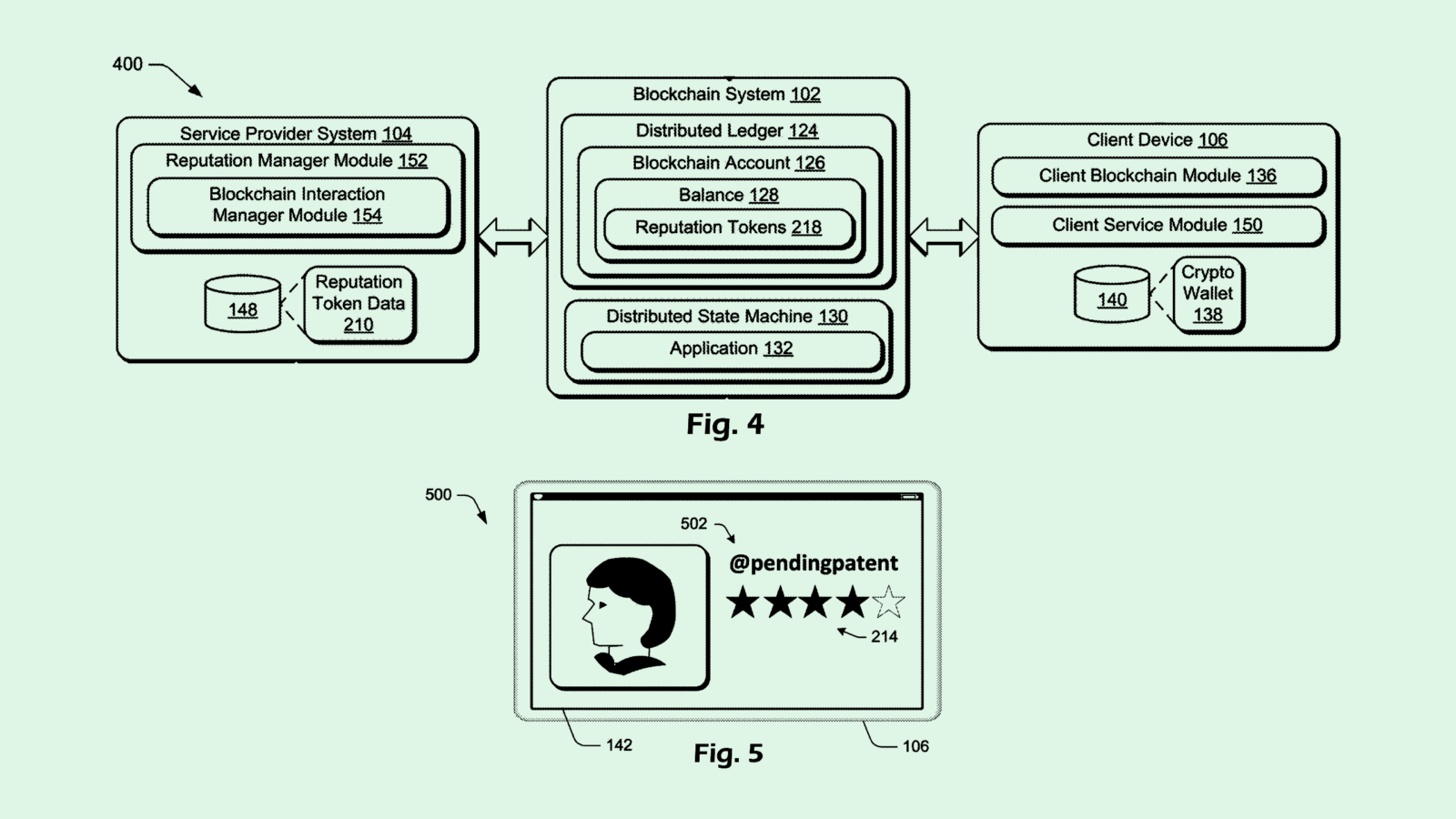Happy Tuesday and welcome to Patent Drop!
Today, Microsoft’s patent for a language model that talks back signals Big Tech’s interest in multimodal AI. Plus: IBM wants to make autonomous vehicles more useful, and eBay wants to use blockchain to track reputation.
Let’s dive in.
Microsoft’s AI EQ
Microsoft wants its language models to go a step further.
The tech firm wants to patent a system for “spoken natural stylistic conversations” with large language models. Microsoft’s tech aims to give language models the capability to carry our natural, emotionally expressive voice conversations with users.
“To enhance the user experience, enable broader applications, and empower more users to take advantage of large language models, there is a need for additional options for interfacing with large language models,” Microsoft said in the filing.
Microsoft’s system first converts user speech into text for the language model to understand it. This text then goes through a “prompt engine” for sentiment analysis to understand the emotional tone of the user’s request.
The large language model then responds to the user, first generating a text output and then converting it to a speech response with a text-to-speech engine. Microsoft’s tech also feeds “style cues” picked up from sentiment analysis to the engine, which adds inflection and emotion to the speech it generates, aiming to properly respond to the user’s emotional input. “In this way, a user can be immersed in a conversation that feels natural and lifelike,” Microsoft said.
For example, if a user asks this system “What is exciting about living in New York?” the system would pick up on the word “exciting,” and feed the speech-to-text engine style cues to express enthusiasm when answering the question.

Microsoft’s patent highlights how tech firms want their massive foundational AI models to serve as more than just chatbots. Companies are increasingly seeking to make their AI multimodal, or capable of understanding and responding in more than just text.
OpenAI recently dropped GPT-4o, its model capable of understanding audio, vision, and text in “real time.” Elon Musk’s xAI reportedly wants to allow multimodal inputs for its Grok chatbot, too. Google, meanwhile, debuted Project Astra at its I/O conference earlier this month, an AI assistant capable of understanding “the context you’re in.”
Adding multimodal inputs and outputs is a “factor of utility,” said Bob Rogers, PhD, co-founder of BeeKeeperAI and CEO of Oii.ai. “Our experience as humans is a multimodal, sensory experience – it’s how we take information in and respond back. It’s much richer and more effective than following a single track.”
And while Microsoft’s patent presents a simple solution for an AI model to understand users’ emotions a little better, it may be a bit too simple, said Rogers. The tech in this patent adds inflection based solely on the potential sentiment of the words themselves, not taking into account data that may be derived from the tone, he noted.
“The tech, I think, has some limitations,” he said. “The goal is sentiment analysis but the tech that they’re patenting here is not quite fit for purpose.”
However, leaving out the capability to comprehend audio could make for a much lighter-weight model, said Rogers. This limitation could benefit Microsoft if it aims to fit resource-intensive AI capabilities into smaller packages, such as with the company’s recently announced AI PC hitting the shelves in June. “It makes sense if they’re trying to make a less annoying Clippy,” Rogers noted.
IBM’s Full Service Ride
IBM wants you to use every part of the autonomous vehicle.
The company wants to patent a system for sharing “available resources” of a self-driving car. This essentially allows occupants of an autonomous vehicle to tap into its technology for other purposes.
Autonomous vehicles are packed with powerful computing and processing resources. While many of them operate the vehicle, there are periods when these resources are idling, IBM noted.
This tech aims to put those pieces to work, enabling “users requesting transportation on an AV to also request the use of available non-critical resources to perform work, learning, or other activity by connecting the user’s computing device,” IBM said.
IBM’s system connects autonomous vehicles to an application interface to provide information about their available “non-critical resources,” such as CPU, memory, or storage utilization that aren’t being used to actively drive a vehicle. The system also accounts for a “buffer range” of these resources in case additional resources are needed.
When a user requests a ride via a self-driving rideshare service, they’d see a number of computing resources available, such as software, hardware, or network connection, and may be presented as “resource configuration stacks.” For example, if a rider wants to work, they may be connected to a “customized developer software stack” with database connections. If they want to relax, they could connect to a browser for streaming video or gaming.

Almost every tech firm and automaker wants to make cars that drive themselves. In this pursuit, these automated driving systems have become quite technically sophisticated, requiring tons of resources to operate. IBM’s patent aims to use those idle resources, in this case, giving access to them to the riders within them.
But IBM isn’t the first company with this idea. Chinese internet giant Baidu filed a patent application in a similar vein, aiming to tap into the resources of an autonomous vehicle to create mobile data centers.
Technology like what Baidu and IBM propose could address a critical infrastructure gap among cloud service providers as AI development rapidly pushes forth. While IBM’s filing highlights how riders specifically can tap into these resources, patent applications are often non-limiting. And given that adopting autonomous driving has taken a slow and steady pace, these companies may be attempting to squeeze the expensive hardware and software for all their worth.
However, IBM’s patent signals another trend among tech firms and automakers. As vehicles become more advanced and driving becomes more hands-off, many are seeking to make cars more entertaining. Ford’s patent for “motor vehicle workspace with enhanced privacy” and Tesla’s application for an in-vehicle “personalization system” present a similar desire.
With these firms continuing to dump money and resources into autonomous driving, occupying the riders with work or play may be part of the plan to make these vehicles more attractive to skeptical consumers.
eBay’s Reputation Era
eBay wants to use blockchain to its fullest potential.
The e-commerce firm filed a patent for “generating a tokenized reputation score.” eBay’s tech aims to ensure that “service providers,” or sellers, have earned a good reputation for legitimate behaviors built up over a long period.
eBay’s tech relies on “reputation tokens,” which are given out as rewards to “blockchain account addresses associated with service provider accounts based on eligible user activity,” the company noted.
This system first collects activity data related to a user’s account. In eBay’s case, this could be transaction information, feedback or reviews from other users, product listings, or advertisements. eBay then checks to see if any activity is eligible for a “reputation reward.”
The system calculates which activities are worth a certain amount of “reputation tokens,” which are transferred via a blockchain smart contract, making them immutable. eBay noted that with this system users are “further empowered due to personal ownership and possession of the reputation tokens,” as it provides an “indication of their reputability that can be freely utilized among many service provider systems because the data is owned by the user.”
Finally, these tokens are calculated into a final reputation score, which is displayed on a user’s account.

This patent follows another recent filing from eBay that uses blockchain for security purposes. Back in February, Patent Drop reviewed an application from the company for “blockchain-based authentication and authorization,” which applies blockchain’s transparency to the process of authenticating sellers. This filing could be expanding that system, playing into blockchain’s strength as a security tool.
eBay has a bit of a history with blockchain: The company has filed several additional patents for blockchain-related tech, including logistics organization and “fingerprinting” of physical items, and also acquired NFT marketplace Known Origin in 2022.
However, the company’s blockchain endeavors have since dwindled alongside the tech industry’s excitement for crypto and NFTs. The company reportedly laid off 30% of the staff of KnownOrigin earlier this year.
But this patent highlights a larger trend among tech firms working in blockchain: Many are seeking use cases for the tech outside of digital currency and Bored Apes. Despite its reputation for volatility, the immutability and transparency of blockchain provide opportunities that extend far beyond payments, with companies looking at ways to use it for everything from record keeping to deepfake identification to road salting.
Extra Drops
- Adobe wants to keep you focused. The company seeks to patent a system for “removing distracting objects” from digital images.
- Apple wants to know what’s bothering you. The company filed a patent application for “stress detection” when viewing content.
- Meta wants to react the right way. The company is seeking to patent “topical event analysis” for phrase or effect generation.
What Else is New?
- OpenAI said that it put together a safety and security team led by senior executives. The company had disbanded its oversight team in mid-May.
- Chinese automaker BYD revealed a new hybridthat achieves record-low fuel consumption.
- Google is adding AI features to its Chromebook Plus device line, including a writing assistant and easier access to its Gemini chatbot.
Patent Drop is written by Nat Rubio-Licht. You can find them on Twitter @natrubio__.
Patent Drop is a publication of The Daily Upside. For any questions or comments, feel free to contact us at patentdrop@thedailyupside.com.
